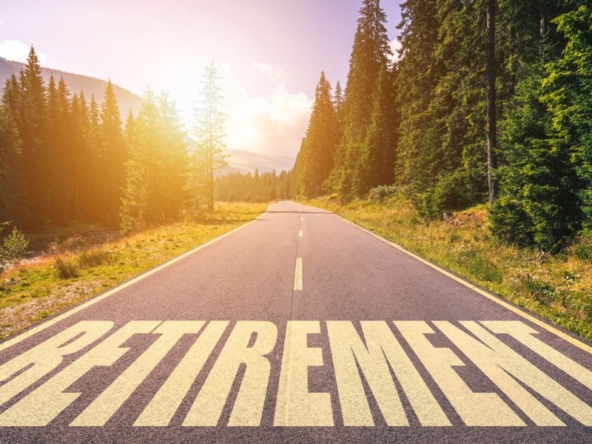How real Estate is Rising from the impact of COVID-19?
The Impact of COVID-19 on real estate has presented unprecedented challenges for the housing industry, disrupting transactions, and slowing activity. The acceleration of digital transformation has played a significant role, allowing real estate professionals to adapt to social distancing measures through virtual visits, online ads, and remote transactions. The impact of COVID-19 on real estate is Changing buyer preferences, driven by the need for larger housing and home offices, have stimulated demand for properties in suburban areas. In addition, historically low mortgage rates and government support programs have made borrowing more affordable, providing relief to homeowners and confidence to potential buyers. In addition, real estate’s status as a tangible and stable asset has attracted investors looking for security during economic uncertainty. These combined factors contributed to the recovery and resurgence of the housing market in the post-COVID-19 era.
Impact of COVID-19 on real estate:
The Acceleration of Digital Transformation:
Impact of COVID-19 on real estate is the acceleration of digital transformation in the housing industry, brought on by the COVID-19 pandemic, was a real revolution. Virtual tours, online platforms, e-signature, and virtual communication tools have transformed the way real estate professionals interact with clients and conduct their business. Modern tools like augmented reality and 3D modelling have made it possible for customers to see products in an immersive and realistic fashion, while web data has given consumers useful information for making wise decisions. This digital transformation has made the buying and selling process more accessible, transparent, and efficient, opening new opportunities and prospects for the real estate industry in the post-COVID-19 era.
Changing Homebuyer Preferences:
The evolution of real estate buyers’ preferences has been marked by a growing desire for more spacious and functional homes, with spaces dedicated to working from home. Buyers are also looking for properties with outdoor spaces, such as gardens or terraces, to enjoy the fresh air and create private relaxation areas. A notable trend is also the growing interest in houses located in suburban areas, offering a better quality of life and greater tranquillity. However, proximity to amenities and services remains an important consideration. Overall, these changes in preferences have stimulated demand for certain types of real estate, contributing to the recovery of the Impact of COVID-19 on real estate.
Low Mortgage Rates and Government Support:
The impact of COVID-19 on real estate is historically low mortgage rates and government support have been key factors in the housing market’s recovery from the impact of COVID-19. A breath of fresh air has been given to homeowners by government initiatives including homeownership programs and tax advantages, which has also increased buyer confidence. These initiatives have helped to maintain the stability of the real estate market and have encouraged transactions despite economic uncertainty. By combining attractive mortgage rates with government incentives, the housing market was able to overcome the challenges of the pandemic and experience a gradual recovery.
Investments in Real Estate as an Asset Class:
Real estate is the crown jewel of investments! Real estate evolved as a precious gem during the chaotic COVID-19 epidemic, drawing the interest of investors seeking stability and progress. The impact of COVID-19 on real estate, like a solid rock during an economic storm, offers exceptional stability, overshadowing unpredictable financial markets. With interest rates singing sweet songs, the doors of real estate investing have opened to a public anxious to earn a consistent income and enticing returns on investment. Real estate, like a variety of musicians, offers a smooth dance of diversity, giving investors the ability to compose their portfolio with a harmonious harmony. Demand has drawn an appealing canvas for residential homes in green areas and peri-urban corners, much like a compelling muse.
Conclusion:
Impact of COVID-19 on real estate, the real estate market has recovered spectacularly. Because of the sector’s resilience, altering buyer tastes, low mortgage rates, and government backing, real estate has been able to reinvent itself and regain its pace. The real estate industry has adjusted to new realities and generated fresh investment opportunities like a phoenix rising from the ashes. Real estate continues to provide risk-taking investors stability, growth, and diversification as the world moves into a post-pandemic era. Real estate, whether as a comfortable home or a sought-after asset class, is an important pillar of our society, poised to welcome exciting new chapters in the coming years.
FAQs,
1. How has the pandemic affected the rental market?
Ans: The rental market initially struggled with increasing vacancies and rent discounts, but as the economy recovered, there was an increase in demand, which resulted in higher rents and low vacancy rates in some locations.
2. What changes have occurred in buyer preferences due to COVID-19?
Ans: Larger homes with separate office rooms are now more in demand, as are suburban or rural settings, as well as outdoor features like private yards and easy access to green spaces.



